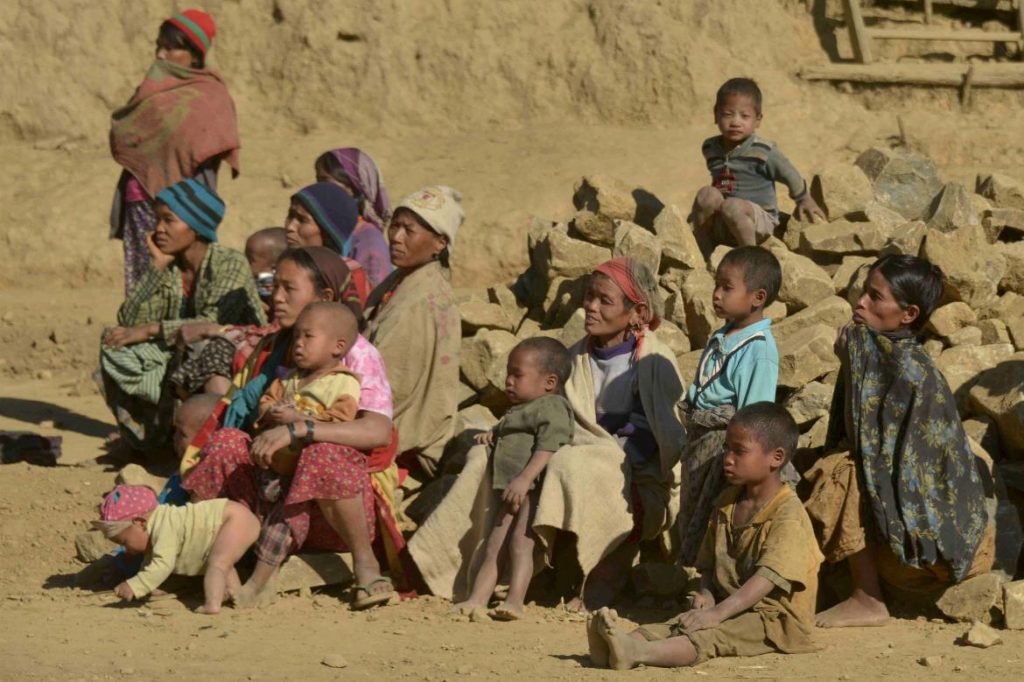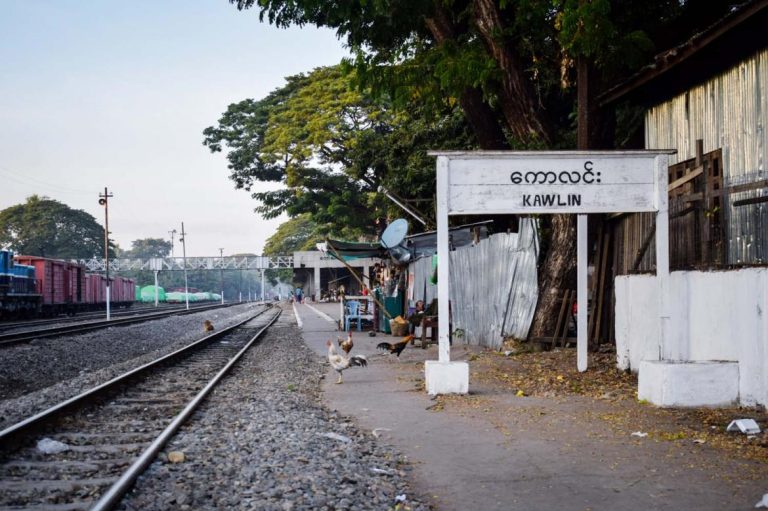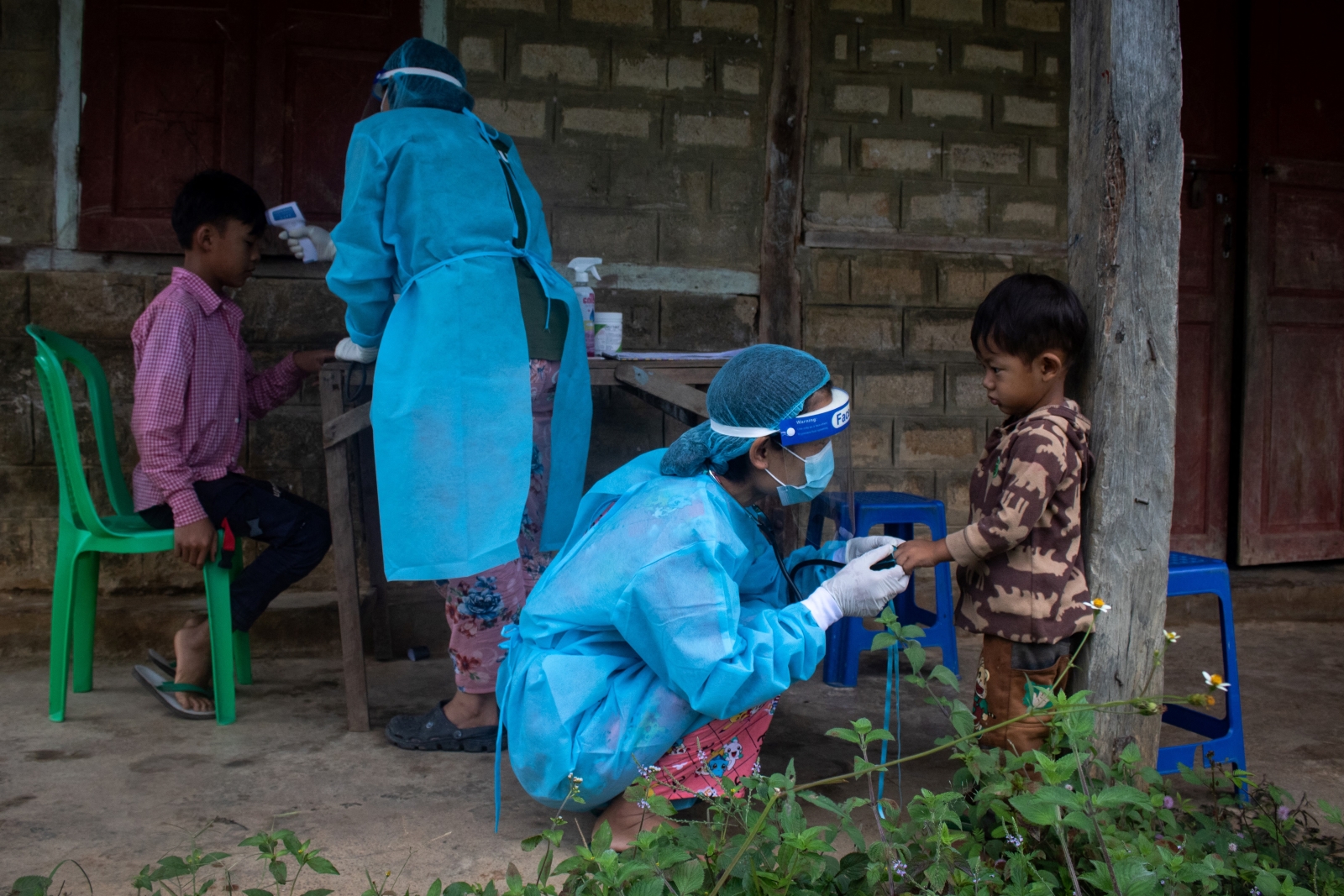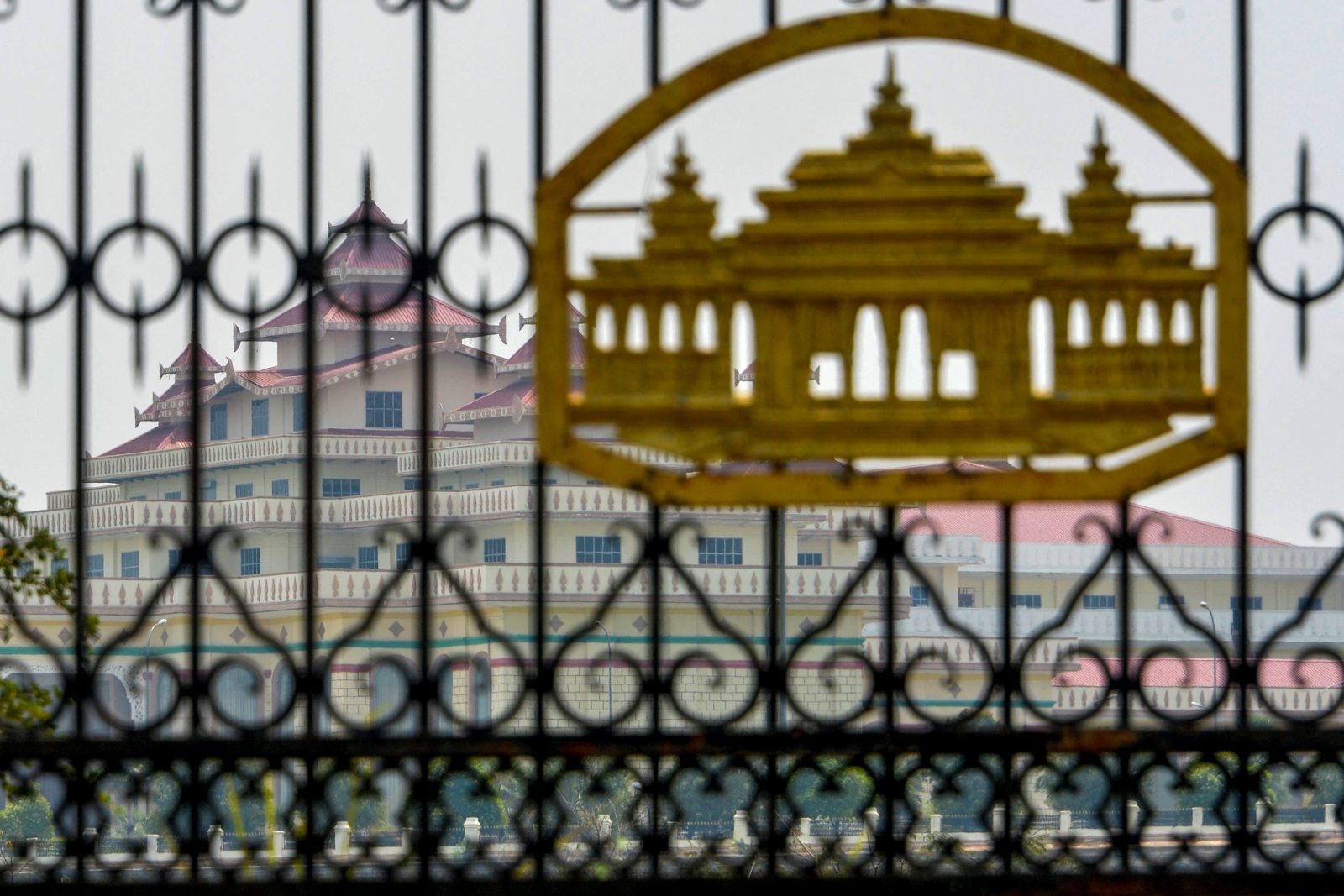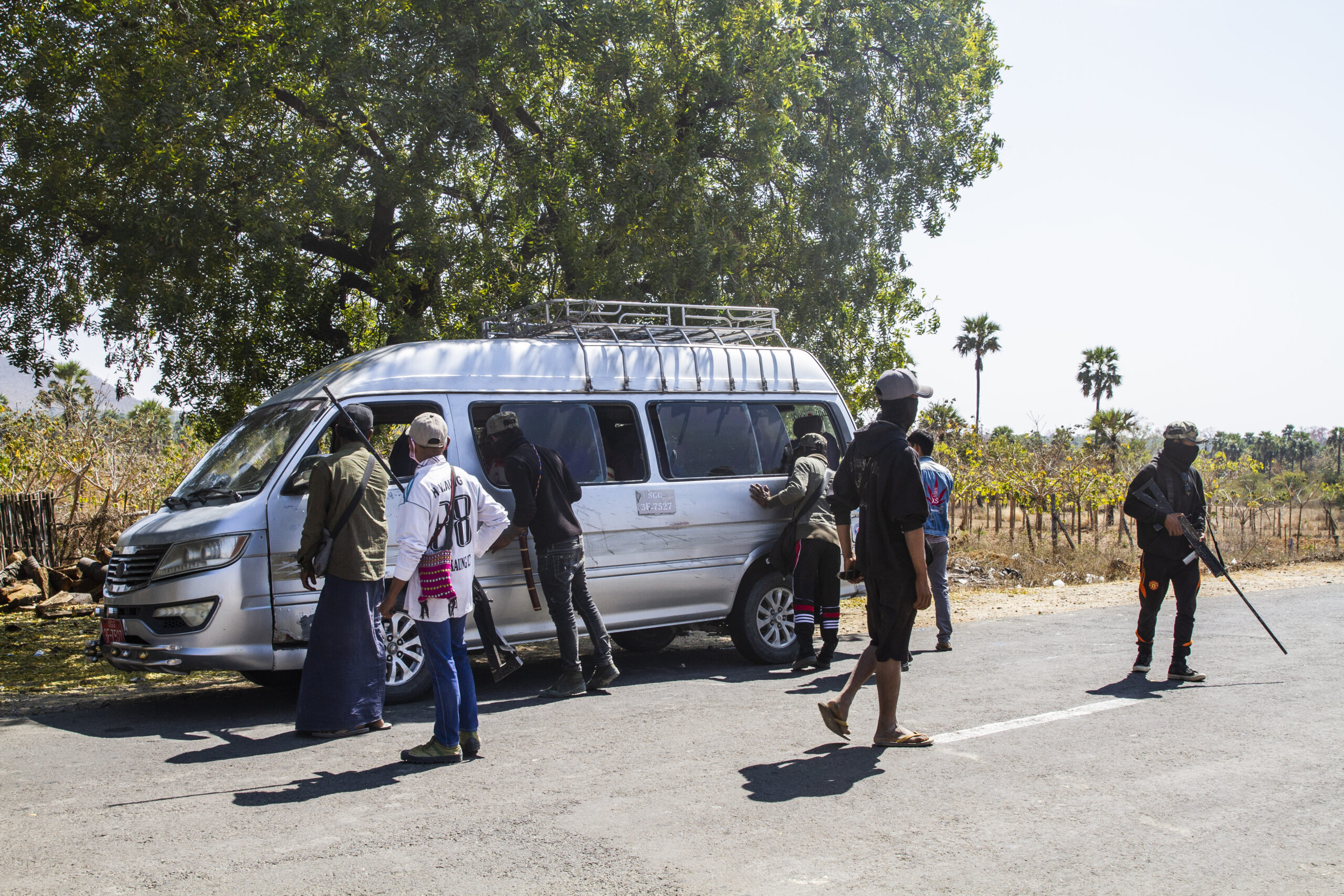By OLIVER SLOW | FRONTIER
The deaths of more than 40 people, most of them children, from a measles outbreak in a remote, mountainous area of northwestern Sagaing Region was partly because of a slow response from the local authorities, a Naga community group said.
“The government blames communication and transportation [problems], but another problem is the slow response by the local government that has made the situation worse,” Naw Aung Sann, the general secretary of the Council of Naga Affairs, told Frontier on August 8.
His comment came as a spokesperson for the World Health Organization told Frontier that tests at a Yangon laboratory on August 5 had confirmed measles as the cause of the outbreak. Most of the fatalities are reported to have been children aged under five.
The WHO spokesperson said a rapid response and investigation team from the Ministry of Health and Sports, supported by WHO regional surveillance officers, was in the area supervising investigation, treatment and control measures.
Support more independent journalism like this. Sign up to be a Frontier member.
The areas worst affected by the outbreak are the isolated townships of Lahe and Nanyun, in the Naga Self-Administered Zone adjoining the border with India, one of least inaccessible areas of Myanmar, where poor road conditions are made worse by monsoon weather.
The death toll from the outbreak stood at 41, of whom 21 were females, the Council of Naga Affairs said on August 8.
Dr Than Htun Aung, deputy director general of the Department of Public Health, told Frontier on August 8 that the outbreak had mainly been confined to Htan Thaw Lama, a village about 64 kilometres (40 miles) from Lahe.
“We were delayed in receiving the information”, Than Htun Aung said when asked about the response to the outbreak.
“The first case was reported on June 6, but we did not hear anything until July 28. This is for many reasons; because of very bad weather in the area, a lack of manpower and many people in these villages do not have access to cell phones,” he said.
A measles vaccination program was conducted in Lahe Township in January 2015, Than Htun Aung said.
“The reported coverage was 94 percent but I don’t think that can be correct. If that figure was correct, then we would not have the outbreak that we are having now,” he said.
A statement issued by the Council of Naga Affairs on August 6 said health concerns had begun rising in mid-June when a 10-year-old girl in Lahe Township died of a “strange disease”.
The government’s slow response had exacerbated the situation, said Aung Sann, who acknowledged that poor communications was a factor.
Phone coverage was available only in Lahe and other villages were unable to communicate with the authorities, he said, adding that another contributing factor was a lack of healthcare facilities in the region.
Aung Sann rejected claims by the government that the situation was under control.
“The government says that the situation is under control but this morning [August 8] we found out that two more girls have died, so I don’t agree that the situation is under control,” he said.
The WHO says measles is a leading cause of death among young children despite the availability of a safe and cost-effective vaccine. Young, malnourished children are most vulnerable to the highly contagious disease.
Although Myanmar has increased health spending in recent years, it still has one of the lowest health budgets in Southeast Asia, and access to healthcare is limited in many parts of the country, particularly remote areas.


